## Introduction Have you ever wondered why some people find social interactions more perplexing than others? Imagine walking into a room, feeling out of sync with the atmosphere, questioning every glance and every word. **Social impairments** are a common struggle for individuals with psychiatric disorders like schizophrenia and borderline personality disorder (BPD). This can make […]
Tag: Neuroscience

Navigating the Mental Maze: How Smartphones Can Transform Student Well-being
— Introduction In today’s digital age, smartphones are almost like an extra limb for many university students, a constant companion that provides endless streams of information, communication, and entertainment. Yet, while these devices keep us connected, they also have the potential to offer something far more profound: a tool for enhancing mental well-being. Imagine having […]
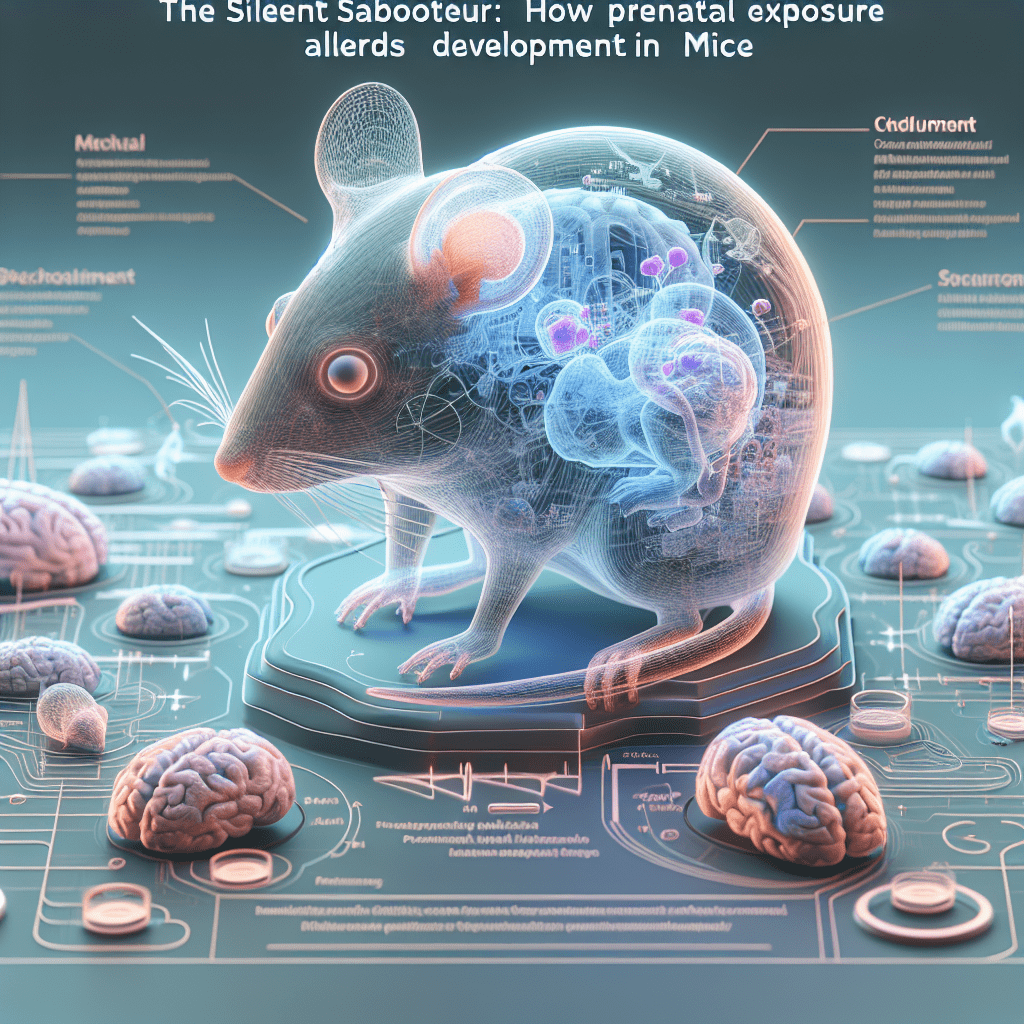
The Silent Saboteur: How Prenatal Exposure Alters Development in Mice
Introduction In the complex drama of life, sometimes a single, silent actor can wreak havoc on the entire performance, going unnoticed until the final act reveals the truth. Imagine an invisible force that quietly shapes the very building blocks of behavior and development. Such is the insidious role that certain environmental factors, like pesticides, can […]

Navigating Uncharted Waters: The Psychological Impact of Fertility Treatment Suspensions during the COVID-19 Pandemic
— Introduction: When the World Paused and Dreams Were Deferred The COVID-19 pandemic swept across the globe, leaving virtually no part of life untouched. Industries halted, schools shut their doors, and perhaps most intimately, individual life plans hit an unexpected pause. Among the most startling disruptions were those involving healthcare services deemed non-essential, including fertility […]
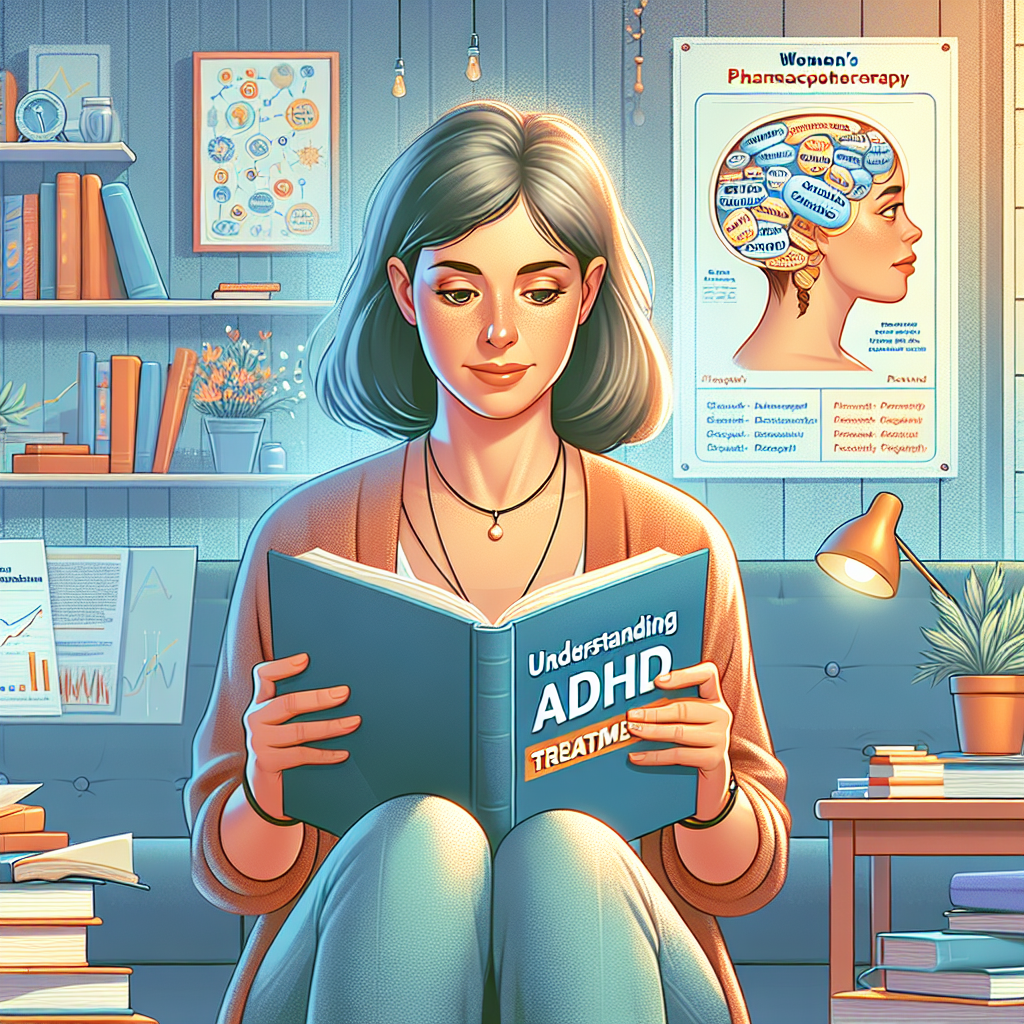
Understanding ADHD Treatment: A Closer Look at Women’s Pharmacotherapy
Introduction: Revealing Hidden Patterns in ADHD Treatment Attention Deficit Hyperactivity Disorder (ADHD) is a condition often tangled with misunderstanding, perceived primarily as a childhood disorder affecting boys more prominently. But is that really the case? Many might be surprised to learn that ADHD also deeply affects girls and women, often in ways that go unnoticed. […]
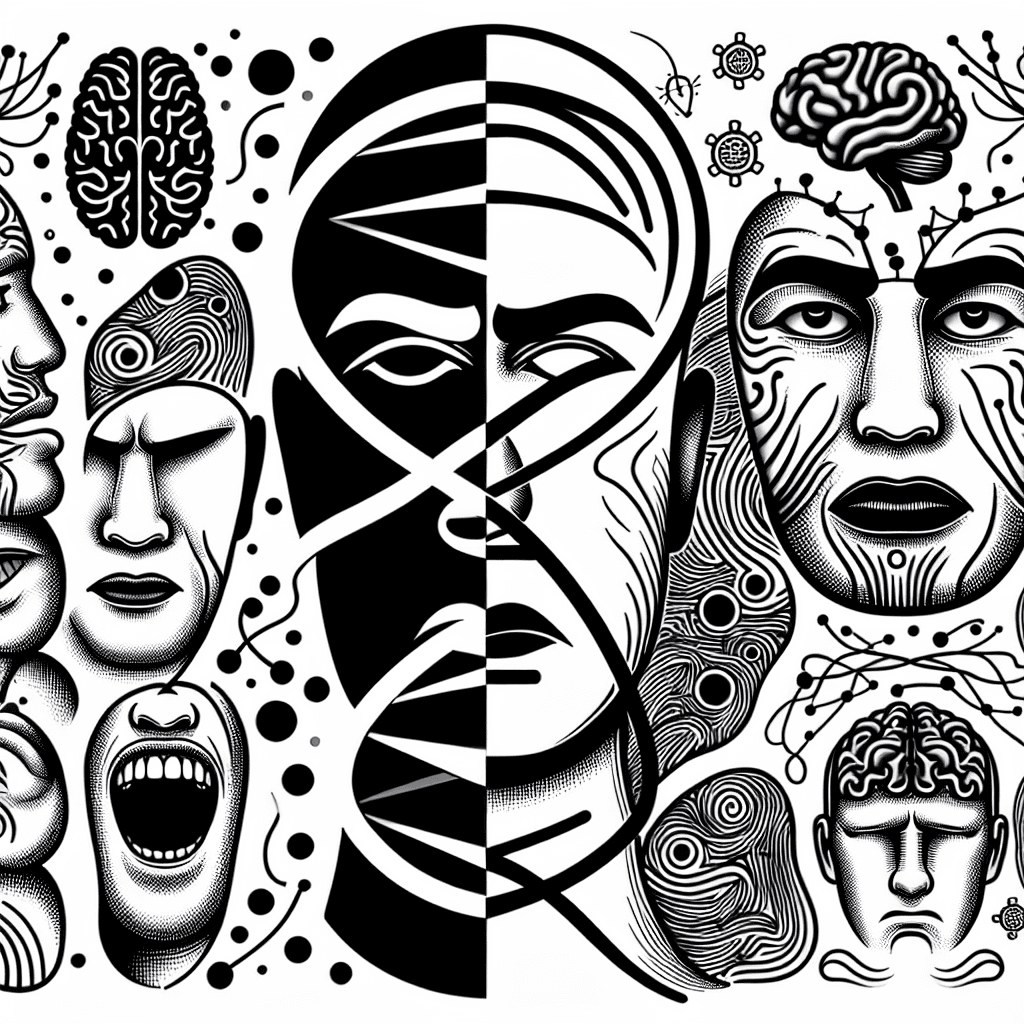
Decoding Emotions: The Genetic Link Between Autism Risk and Anger Recognition
Introduction Imagine walking into a room full of people. You glimpse at people’s faces and instantly grasp their emotions — joy, sadness, perhaps a hint of anger. But what if this seemingly innate ability to read emotions was influenced not just by experience, but by the very DNA you carry? This is the intriguing premise […]
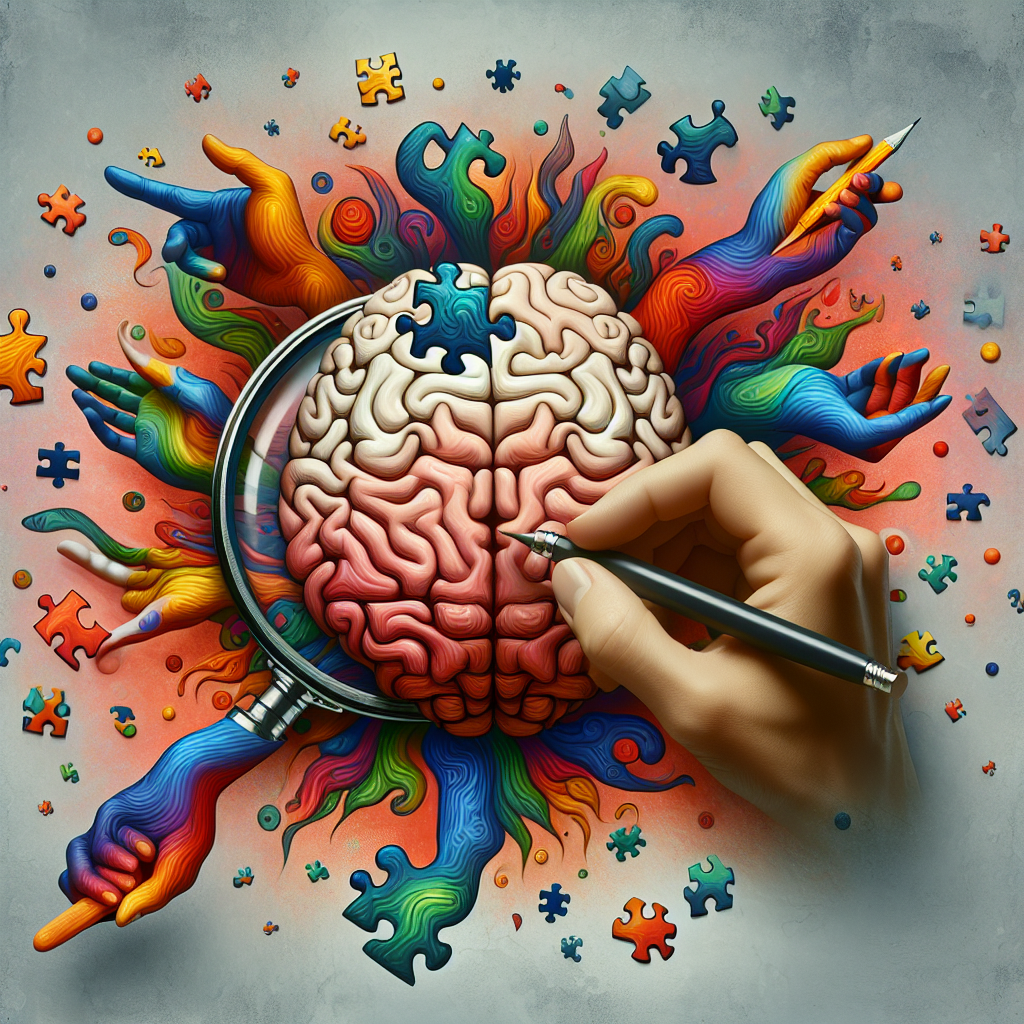
Decoding Dysgraphia: The Handwriting Puzzle through a New Lens
Introduction: A Pen’s Journey Begins Imagine a blank page waiting to be filled with your thoughts, a pen acting as the bridge between your mind and the tangible world. For many, this is a straightforward exercise, a mundane part of everyday life. But for millions of children, especially those grappling with dysgraphia, this seemingly simple […]
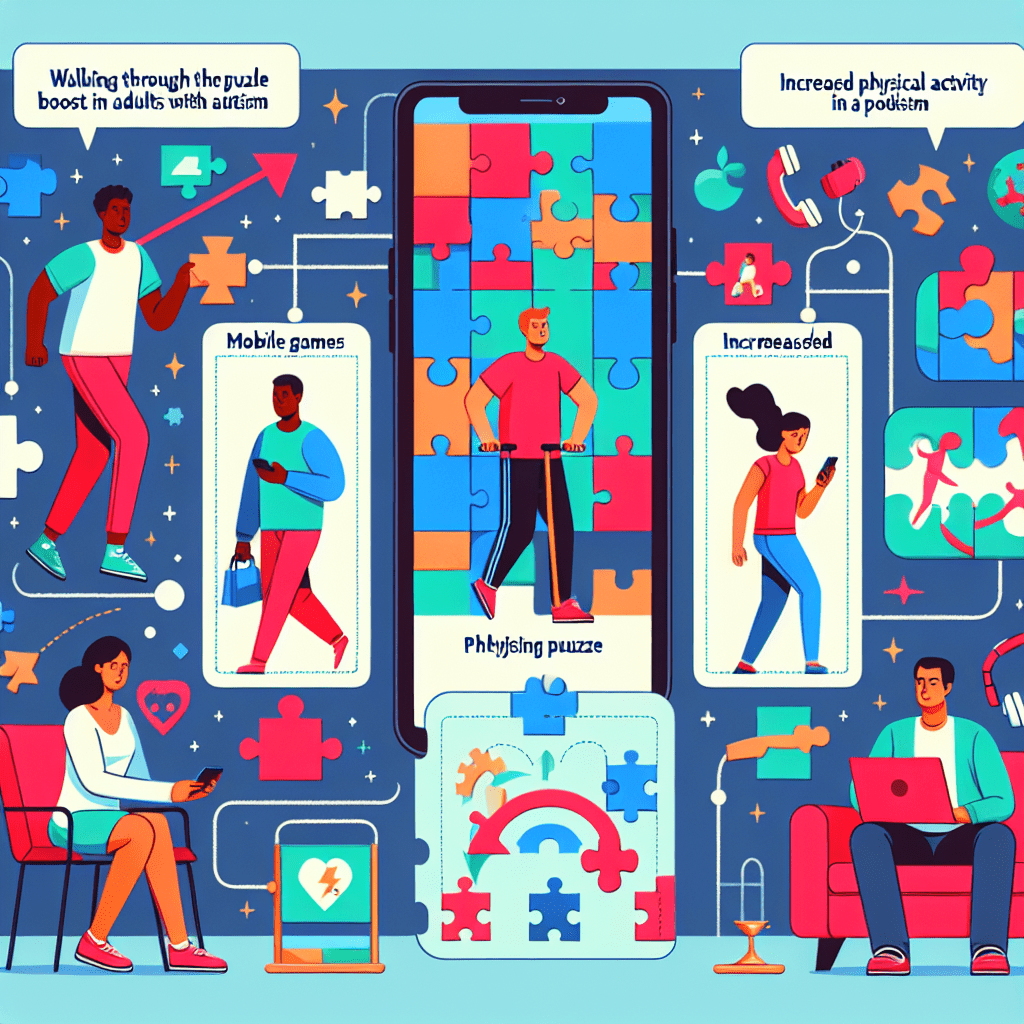
Walking Through the Puzzle: How Mobile Games Can Boost Physical Activity in Adults with Autism
Introduction Imagine a world where your phone not only connects you with friends and entertains you, but it also nudges you to a healthier lifestyle. For adults with autism spectrum disorder (ASD), this isn’t just a glimpse into the future—it’s a very real possibility. Our journey begins by delving into the fascinating realm where mobile […]
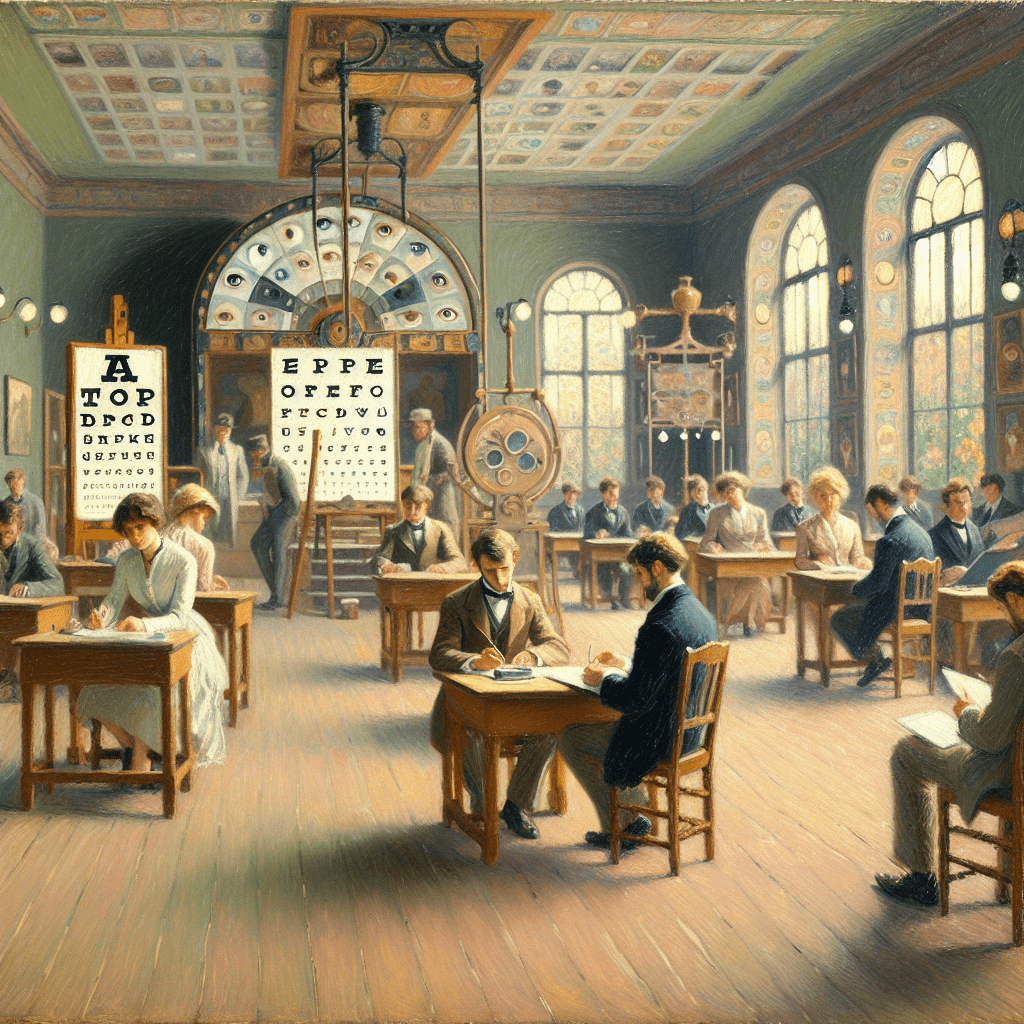
The Eyes Have It: Understanding Emotions with a New Test
Introduction: Cracking the Code of Human Emotions Have you ever looked into someone’s eyes and wondered what emotions they might be hiding? The age-old saying goes that “the eyes are the windows to the soul,” and now, psychology has a tool that might prove it: the Reading the Mind in the Eyes Test (RMET). Originally […]
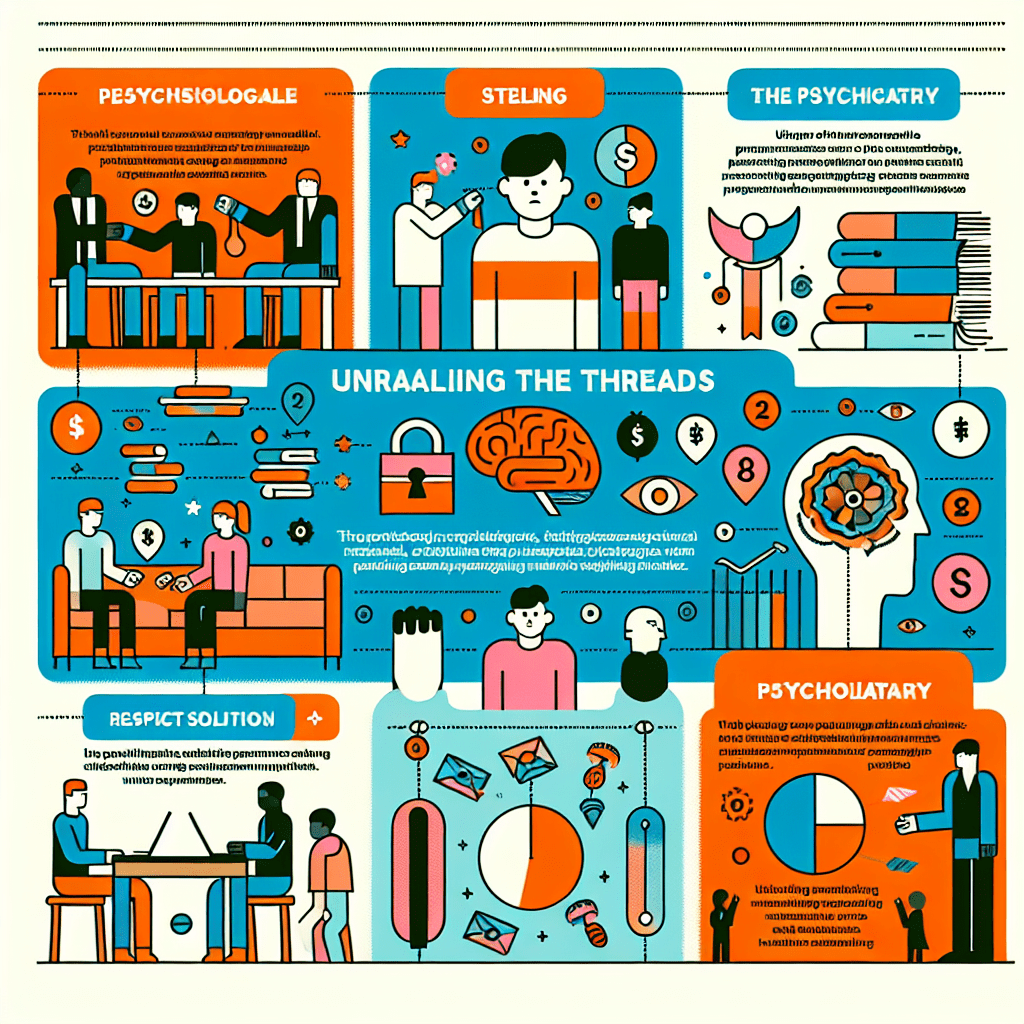
Unraveling the Threads: Stealing, Psychiatry, and Young Minds
Introduction Imagine the delicate nature of a child’s mind as a tapestry, with each thread representing emotions, experiences, and behaviors. Within this intricate weave, certain patterns may seem unusual, even alarming, like a child swiping an object that doesn’t belong to them. This scenario, quite common in our everyday lives, might seem insignificant to some […]